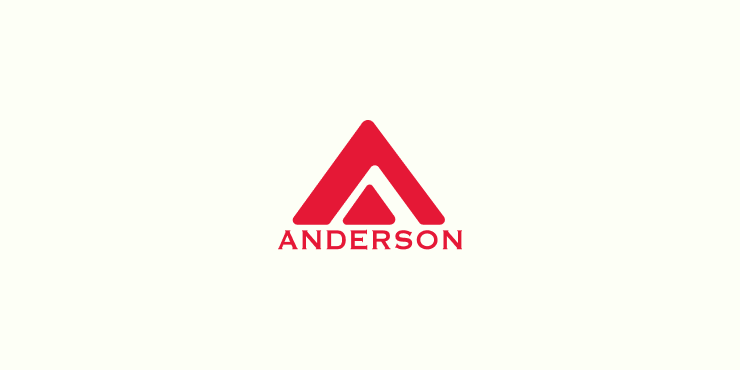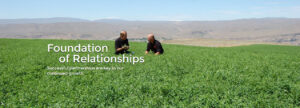Vitamin A and Equine Health

Is your horse getting enough Vitamin A? This vitamin is important in vision and in the maintenance of cells that line the reproductive, digestive, and respiratory tracts. Vitamin A is also important in processes involved in bone remodeling in young, growing horses. What’s more, Vitamin A is necessary for collagen synthesis and cross-linking, making it a vital component in the development of tendon and ligament strength. In addition, retinoic acid, an active form of Vitamin A in the body, enhances growth hormone secretion when it interacts with thyroid hormone or glucocorticoids. Growth hormone is thought to augment wound healing
Vitamin A does not occur naturally in plant products. Rather, it occurs as carotenes, which are precursors of Vitamin A that are abundant in nature. There are more than 600 forms of carotene, but only a few can be converted into Vitamin A. Most carotenes are converted into Vitamin A in the lining of the horse small intestine, and a smaller percentage is transformed in the liver or in fat tissue. Beta-carotene (β-carotene) is the most biologically active carotenoid; however, horses are not as efficient in converting carotenes to Vitamin A as are some other animals. Conversion rate is affected by a horse’s body stores of Vitamin A, level of intake, age, activity level, and air temperature.
Carotenes are high in green forages. Horses grazing high-quality pasture during the growing season easily meet their daily Vitamin A requirements. Recently baled green alfalfa contains high levels of carotenes, which are more available than carotenes from grass hay. A large amount of carotene is destroyed by oxidation while hay is curing and hays that were cut at late stages of maturity, were rained on, or were cured in the field for extended periods; contain less carotene than high-quality hays. Carotene oxidation continues while hay is stored and levels may be depleted after several months of storage.
Brief periods without access to fresh forage are not detrimental to a horse because Vitamin A is stored in the equine liver. However, levels of carotene and vitamin A in horse blood decline in winter when a horse is fed stored forage for a prolonged period of time. It may take several months of fresh pasture intake for Vitamin A levels to return to normal. Therefore, it is important to feed horses some supplemental Vitamin A when they do not have access to fresh forage.
Vitamin A deficiency may cause problems in bone growth, poor skin and hair coat quality, decrease resistance to disease and increase chances of infection, impair reproduction, and some horses may show signs of night blindness.
Horses that are fed too much Vitamin A show general unthriftiness. They may have rough hair coats, show signs of incoordination and malaise. Too much Vitamin A is toxic; however, over supplementation is generally not of concern because a horse would have to consume huge amounts of Vitamin A before death would occur. On the other hand, carotenes do not seem to be toxic at any level. A horse’s skin may turn yellow with too much carotene intake, but this does not appear to affect health.
To have this blog from Anderson Hay delivered directly to your email, subscribe above on the right.
References
Kentucky Equine Research, 2013. A close look at Vitamin A in equine diets. http://ker.equinenews.com/article/close-look-vitamin-equine-diets


